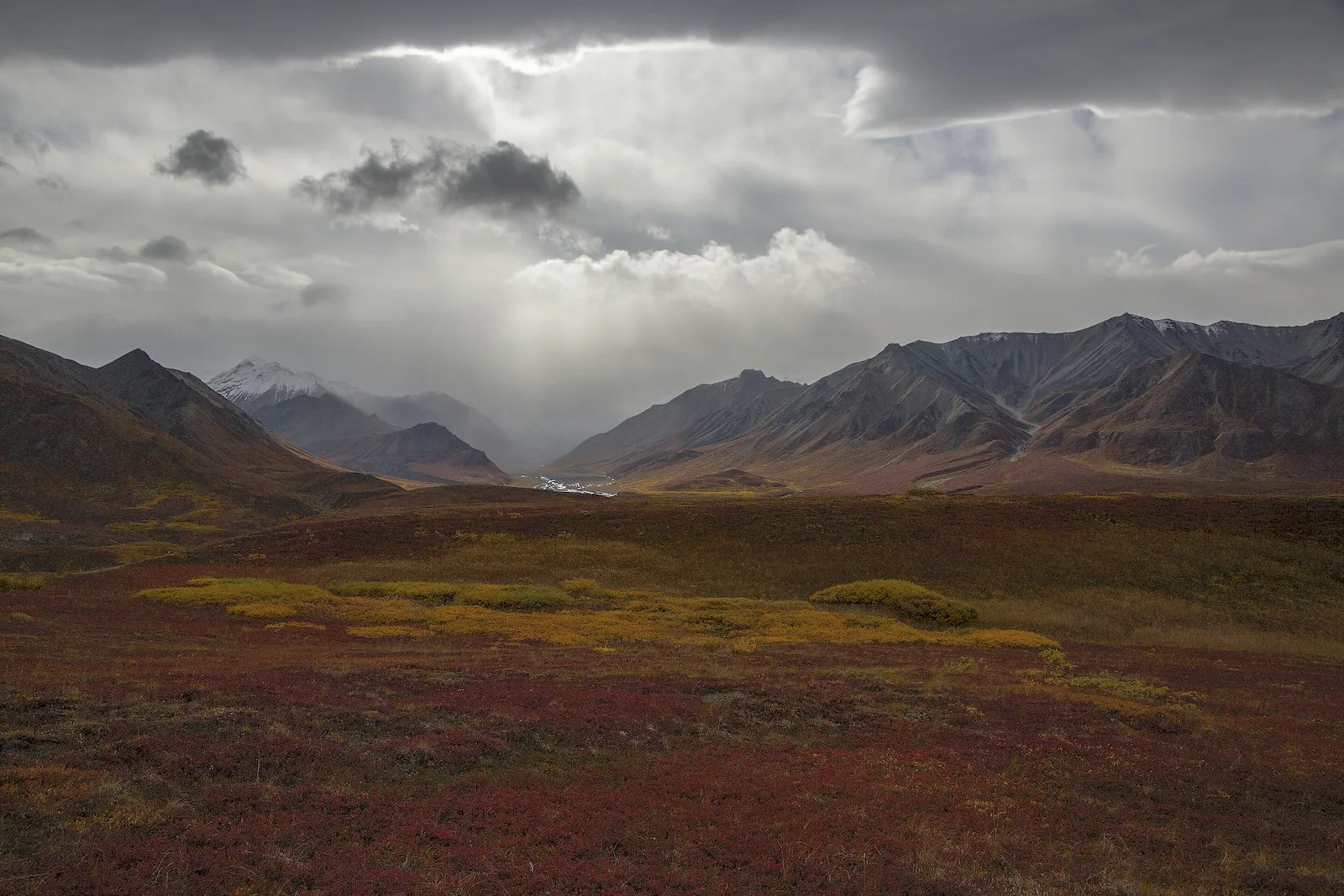In the world of climate classification, there are various types of climates that exist across different geographical regions. Two such climates, the Monsoon Climate and the Equatorial Climate, fall under the broader category of Tropical Climate. While these two climates share some similarities, there are significant differences in terms of weather patterns, rainfall distribution, temperature variations, and seasonal changes. Understanding these differences is crucial to gaining a deeper insight into the unique characteristics of each climate.
Key Takeaways:
- The Monsoon Climate and the Equatorial Climate are subtypes of the broader Tropical Climate.
- The Equatorial Climate is characterized by high temperatures, constant rainfall, and high humidity levels.
- The Monsoon Climate experiences wet and dry seasons with significant rainfall during the wet season.
- The Equatorial Climate is found in regions near the equator, while the Monsoon Climate is relatively rare.
- Both climates have regional impacts and are influenced by factors such as monsoon winds.
Characteristics of Equatorial Climate
The Equatorial Climate is known for its hot and wet conditions throughout the year, making it an ideal environment for lush rainforests. This climate is typically found in regions near the equator, including Central America, Central Africa, Southeast Asia, and parts of South America.
In terms of rainfall, the Equatorial Climate experiences high levels of precipitation. The constant rainfall contributes to the maintenance of rainforests, which require a steady supply of water. The high rainfall also contributes to the humidity of the region, creating a warm and moist atmosphere.
One of the defining characteristics of the Equatorial Climate is the constant temperatures experienced throughout the year. This means that there is little variation in temperature, with average temperatures typically ranging between 25°C and 28°C (77°F and 82°F). The combination of high rainfall and constant temperatures creates a stable environment for the growth of diverse plant and animal species.
The Equatorial Climate is predominantly found in tropical rainforest regions, which are home to a wide array of flora and fauna. These rainforests play a crucial role in maintaining global biodiversity and are often referred to as the “lungs of the Earth” due to their ability to absorb carbon dioxide and release oxygen.
Characteristics of Equatorial Climate:
- Hot and wet conditions throughout the year
- High levels of rainfall
- Constant temperatures, typically ranging between 25°C and 28°C (77°F and 82°F)
- Predominantly found in tropical rainforest regions
The Equatorial Climate is a unique climatic zone that fosters the growth and sustainability of tropical rainforests. Understanding its characteristics is essential for comprehending the delicate balance of ecosystems within these regions.
Key Features of Tropical Monsoon Climate
The Tropical Monsoon Climate is a unique climatic region characterized by distinct wet and dry seasons. It is found in various geographical regions such as West and Central Africa, Southeast Asia, and South and Central America. Unlike the Equatorial Climate, which experiences constant rainfall throughout the year, the Tropical Monsoon Climate showcases significant variations in precipitation patterns.
One of the defining features of the Tropical Monsoon Climate is the presence of wet and dry seasons. During the wet season, which typically occurs during the summer months, these regions experience heavy rainfall. This period is essential for replenishing water sources and supporting agricultural activities. Conversely, the dry season is marked by a significant decrease in rainfall, leading to drier conditions and reduced water availability.
It is important to note that there are two variations of the Tropical Monsoon Climate. In some regions, such as parts of Southeast Asia, the wet season may be more pronounced, with heavy rainfall throughout the year. In contrast, other areas, like West Africa, experience more distinct wet and dry seasons, with concentrated periods of heavy rainfall during the wet season.
| Rainfall Patterns | Geographical Regions |
|---|---|
| Distinct wet and dry seasons | West and Central Africa |
| Heavy rainfall throughout the year | Southeast Asia |
| Concentrated periods of heavy rainfall during the wet season | South and Central America |
The unique rainfall patterns of the Tropical Monsoon Climate have significant implications for the ecosystems and communities within these regions. The wet season supports the growth of lush vegetation and contributes to the biodiversity of rainforests. Additionally, it provides a vital water source for agricultural activities, ensuring food security for local populations.
In summary, the Tropical Monsoon Climate stands apart from the Equatorial Climate due to its distinct wet and dry seasons. The variation in rainfall patterns across different geographical regions adds further complexity to this climatic region. Understanding the key features of the Tropical Monsoon Climate is essential for comprehending the unique weather patterns and impacts experienced by these regions.
Regional Impacts and Weather Patterns
The Equatorial Climate and the Tropical Monsoon Climate have significant regional impacts that are shaped by various factors, including monsoon winds, geographical location, and temperature variations. These influences contribute to distinct weather patterns in tropical regions.
Monsoon winds play a crucial role in the weather patterns of both climatic regions. The monsoon winds bring seasonal rainfall from the sea, resulting in the high precipitation characteristic of tropical climates. These winds also affect the temperature variations, as they bring in moist air during the wet season, leading to higher humidity levels.
In the Equatorial Climate, the regional impact is characterized by constant heavy rainfall throughout the year. This consistent precipitation supports the growth of lush rainforests in regions like Central Africa and Southeast Asia. The high humidity and abundant rainfall create a unique ecosystem that is rich in biodiversity.
On the other hand, the Tropical Monsoon Climate experiences distinct wet and dry seasons, leading to a cyclical pattern of rainfall. During the wet season, heavy precipitation occurs, while the dry season is characterized by relatively lower rainfall. This pattern affects agricultural practices and water availability in regions such as West and Central Africa, Southeast Asia, and South and Central America.
Table: Regional Impacts and Weather Patterns
| Climatic Region | Regional Impacts | Weather Patterns |
|---|---|---|
| Equatorial Climate | Constant heavy rainfall | High humidity and consistent temperatures throughout the year |
| Tropical Monsoon Climate | Distinct wet and dry seasons | Seasonal variations in precipitation and temperature |
The regional impacts and weather patterns of the Equatorial Climate and the Tropical Monsoon Climate demonstrate the diverse and dynamic nature of tropical regions. Understanding these patterns is crucial for various sectors, including agriculture, tourism, and environmental conservation, as they provide insights into the unique challenges and opportunities associated with these climatic regions.

Conclusion
In conclusion, the Equatorial Climate and the Tropical Monsoon Climate are two distinct climatic regions classified under the broader category of Tropical Climate. While they share similarities such as consistent temperatures and high rainfall, there are notable differences between them.
The Equatorial Climate is characterized by constant, heavy rainfall throughout the year, creating a humid environment ideal for rainforests. It can be found in regions near the equator such as Central America, Central Africa, Southeast Asia, and parts of South America.
On the other hand, the Tropical Monsoon Climate experiences distinct wet and dry seasons. It is relatively rare and can be found in regions like West and Central Africa, Southeast Asia, and South and Central America. The wet season is marked by significant rainfall, while the dry season is characterized by a reduction in precipitation.
Understanding the differences between these climatic regions is crucial for comprehending the unique weather patterns and regional impacts they exhibit. Whether it is the constant heavy rainfall of the Equatorial Climate or the distinct wet and dry seasons of the Tropical Monsoon Climate, these variations in climatic factors shape the ecosystems and livelihoods in affected regions.
FAQ
What is the difference between the Monsoon and Equatorial Climates?
The Monsoon Climate has distinct wet and dry seasons with significant rainfall during the wet season, while the Equatorial Climate experiences high temperatures, constant rainfall, and high humidity throughout the year.
Where can the Equatorial Climate be found?
The Equatorial Climate is typically found in regions near the equator, including Central America, Central Africa, Southeast Asia, and parts of South America.
What are the key features of the Equatorial Climate?
The Equatorial Climate is characterized by hot and wet conditions throughout the year, making it ideal for rainforests. It experiences high rainfall and constant temperatures, leading to a humid environment.
Where can the Tropical Monsoon Climate be found?
The Tropical Monsoon Climate is relatively rare and can be found in regions such as West and Central Africa, Southeast Asia, and South and Central America.
What are the characteristics of the Tropical Monsoon Climate?
The Tropical Monsoon Climate experiences wet and dry seasons with significant rainfall during the wet season. There are two variations, one with less pronounced dry seasons and heavy rainfall throughout the year, and the other with more pronounced dry seasons and concentrated periods of heavy rainfall.
How do the Equatorial Climate and the Tropical Monsoon Climate impact regions?
Both climatic regions are influenced by factors such as monsoon winds, which bring seasonal rainfall from the sea. They experience high temperatures and consistent temperatures throughout the year. Precipitation patterns vary, with the Equatorial Climate experiencing constant heavy rainfall and the Tropical Monsoon Climate having distinct wet and dry seasons.
What are the differences between the Equatorial Climate and the Tropical Monsoon Climate?
The Equatorial Climate is characterized by constant, heavy rainfall throughout the year, while the Tropical Monsoon Climate experiences distinct wet and dry seasons.
 Skip to main content
Skip to main content


